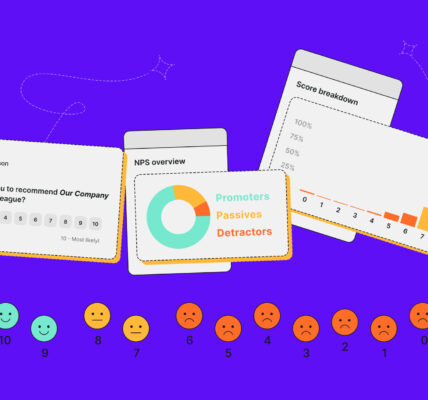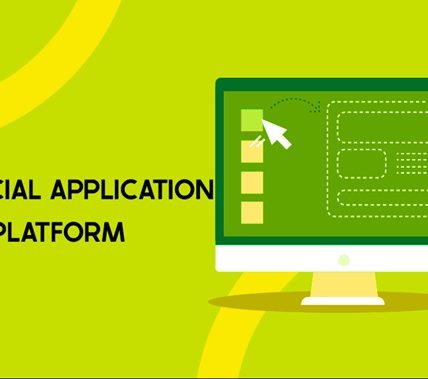Delphi is a powerful programming language and integrated development environment (IDE) used for building robust and efficient Windows applications. The strengths of Delphi lay in its data access components, which facilitate seamless interaction with various databases and data sources. However, there are instances when developers need to integrate Delphi data access components with external libraries and APIs to enhance functionality and achieve a more comprehensive data management solution. Before diving into the intricacies of integration, let’s briefly review Delphi data access components. Delphi offers a set of components database connectivity and manipulation.
Need for external library and ApI Integration
While Delphi’s built-in data access components cover a wide range of database scenarios, there are situations where external libraries and APIs come into play. This need arises due to several reasons:
- Specific database support– Some databases natively support Delphi database components. In such cases, developers can turn to external libraries that provide custom data access components for these databases.
- Enhanced functionality– External libraries and APIs often offer advanced features in Delphi’s default components. By integrating them, developers access additional and optimize their data management processes.
- Cross-platform compatibility- Delphi supports cross-platform development with its Fire Monkey framework. External libraries and APIs extend data access support to platforms beyond Windows.
Researching and selecting suitable external libraries and APIS
The first step in the integration process is to identify the external libraries and APIs that best suit your project requirements. This involves thorough research and evaluation. Look for libraries of the databases you want to work with and provide the necessary functionality you seek. Additionally, check for community support, documentation, and ongoing updates to ensure a smooth development experience.
Installing and configuring external libraries
Once you have the appropriate external libraries and APIs, it’s time to install and configure them within your Delphi IDE. The process varies depending on the library, it involves adding the library’s units or packages to your project, setting up the required connections and credentials, and initializing any necessary components. After the libraries are installed, you need to establish data connections to your target databases using the integrated components provided by the external library. This is setting up connection strings, specifying authentication details, and handling connection events. Once the connection is established successfully, proceed with data retrieval and manipulation.
Retrieving data using external components
With the data connections in place, retrieve data from your databases using the data access components provided by the external library. This querying the database for specific records, performing searches, and fetching data to populate your application’s user interface elements. The data retrieved from external libraries can be easily integrated with Delphi’s native data access components, such as TDataSet and TDataSource. This integration enables you to leverage the power of Delphi’s data-binding capabilities and visual components to present the data effectively to users.
Handling data updates
When working with external libraries and APIs, it’s crucial to consider how data updates are managed. Ensure that you can perform CRUD (Create, Read, Update, and Delete) operations seamlessly using the integrated components. This might involve handling data change events, managing transactions, and ensuring data consistency. During integration, you may encounter challenges or errors. Proper error handling and debugging mechanisms are essential to identify and resolve issues effectively. Utilize Delphi’s debugging tools and log mechanisms to track down errors and ensure smooth integration. Pay attention to data retrieval times, query optimization, and memory usage to maintain optimal performance levels. Regularly profile your application to identify potential bottlenecks and optimize where necessary.










